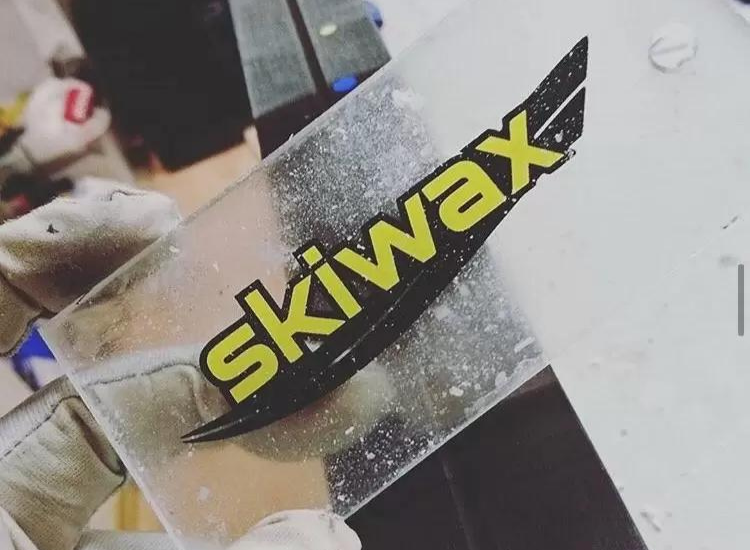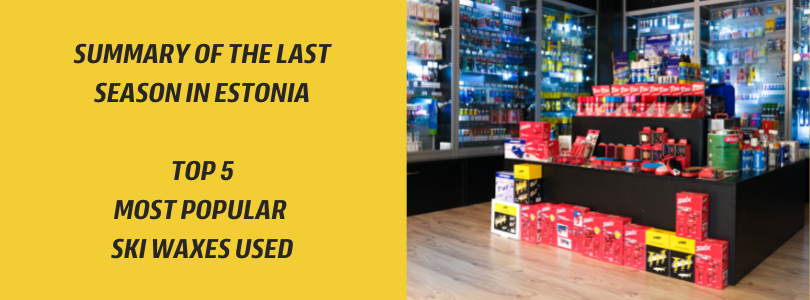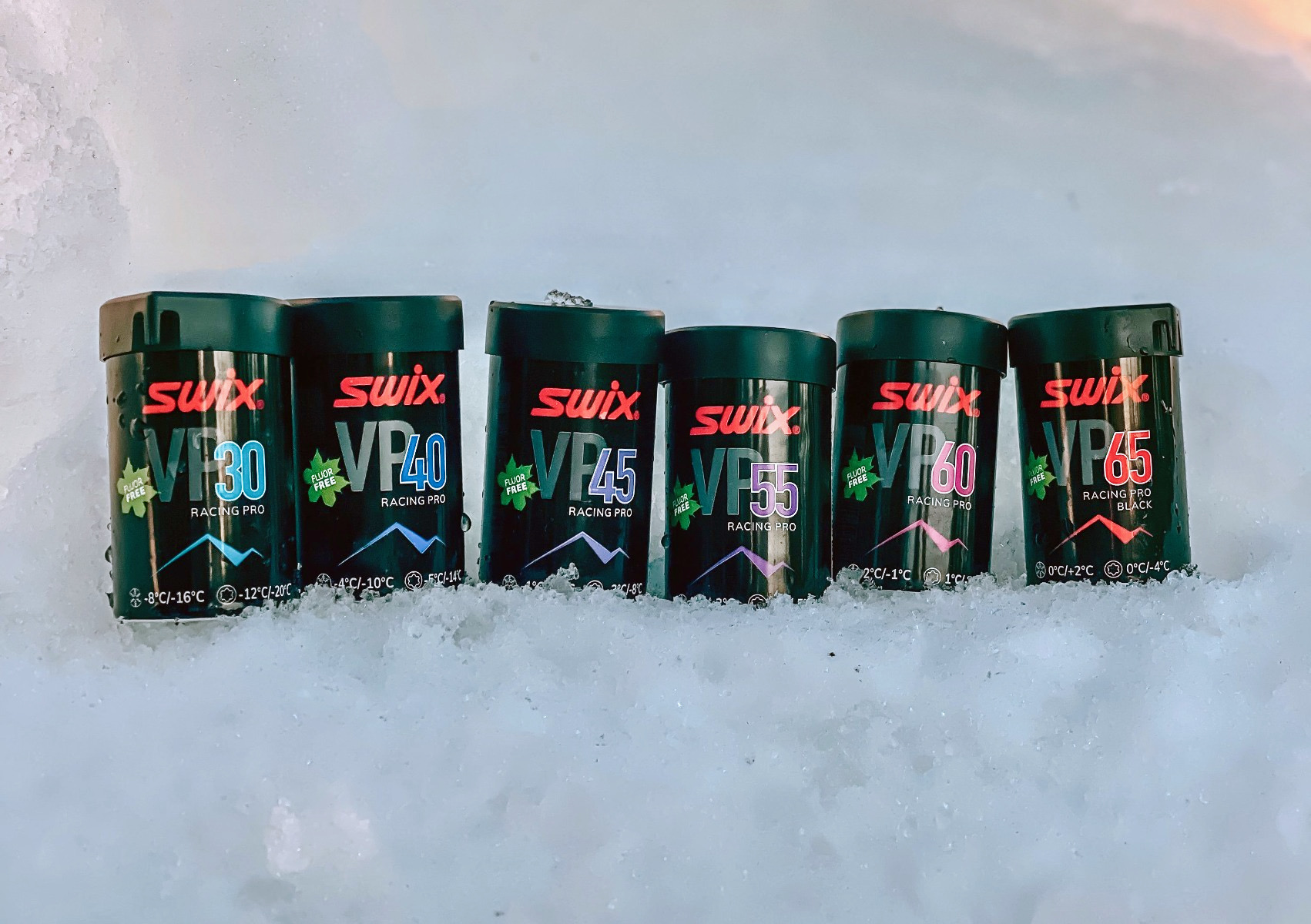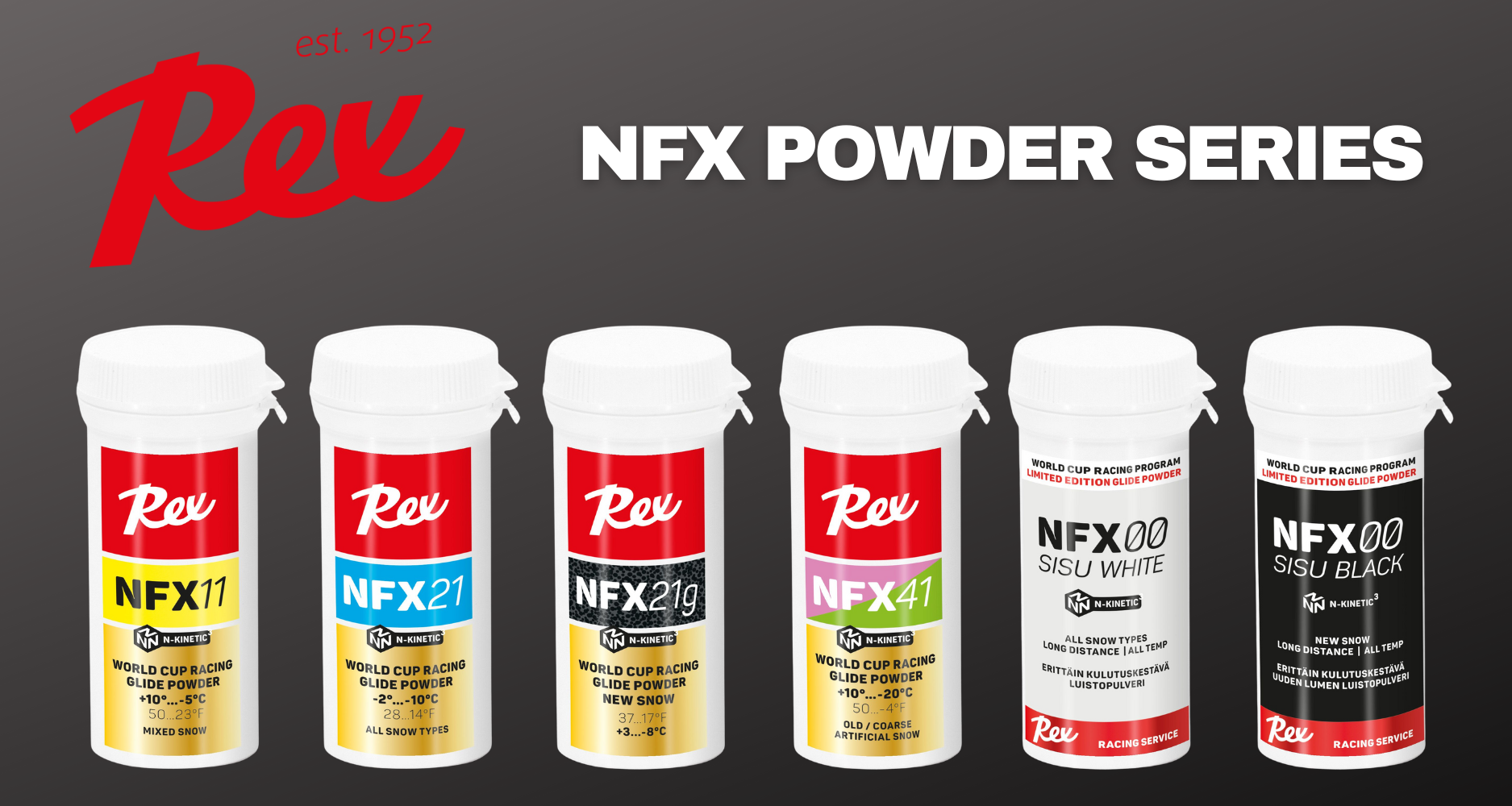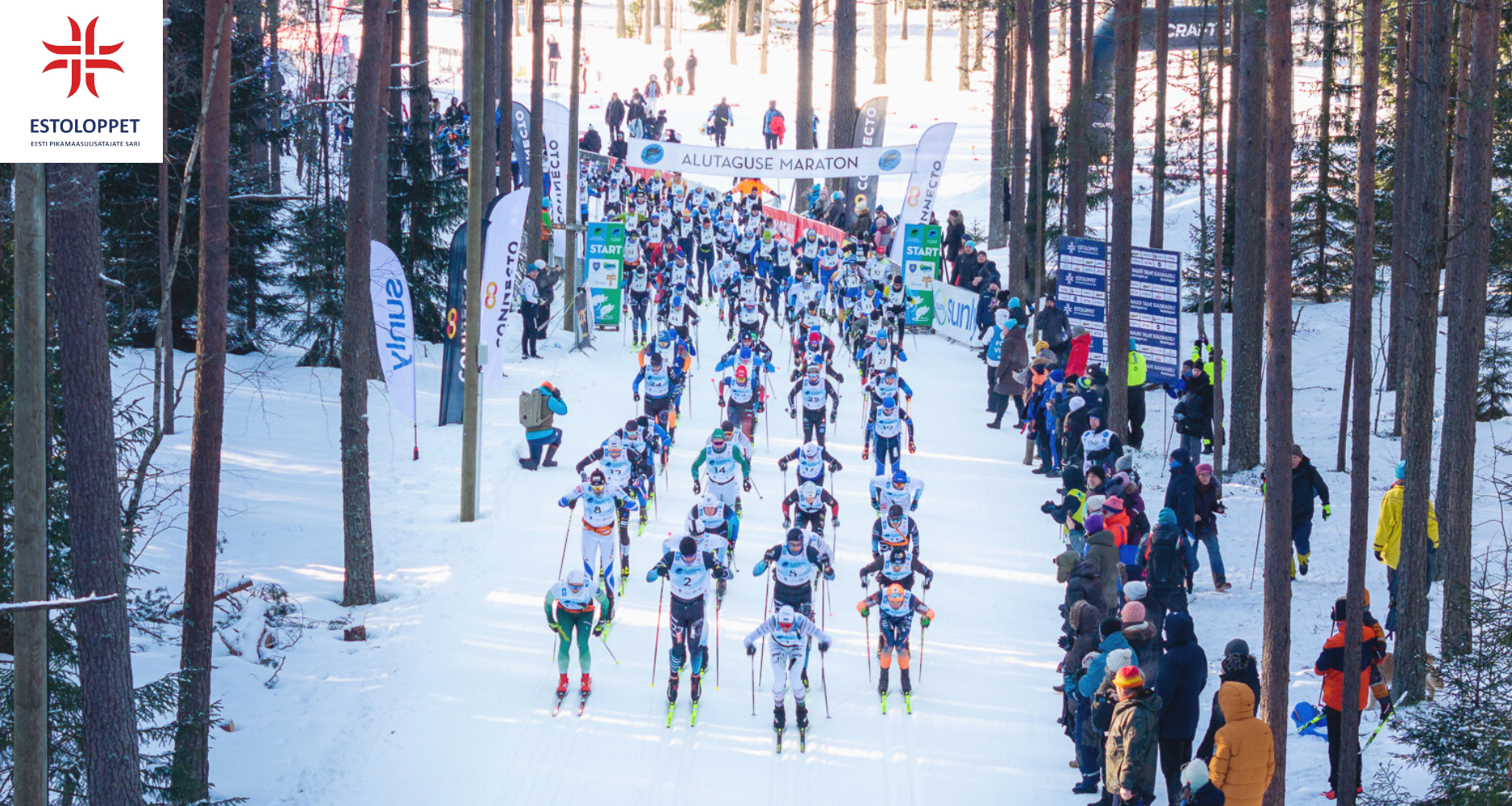Local Storage seems to be disabled in your browser.
For the best experience on our site, be sure to turn on Local Storage in your browser.
We measured fluoro contamination on different skis with the fluoro testing device. The results are here!
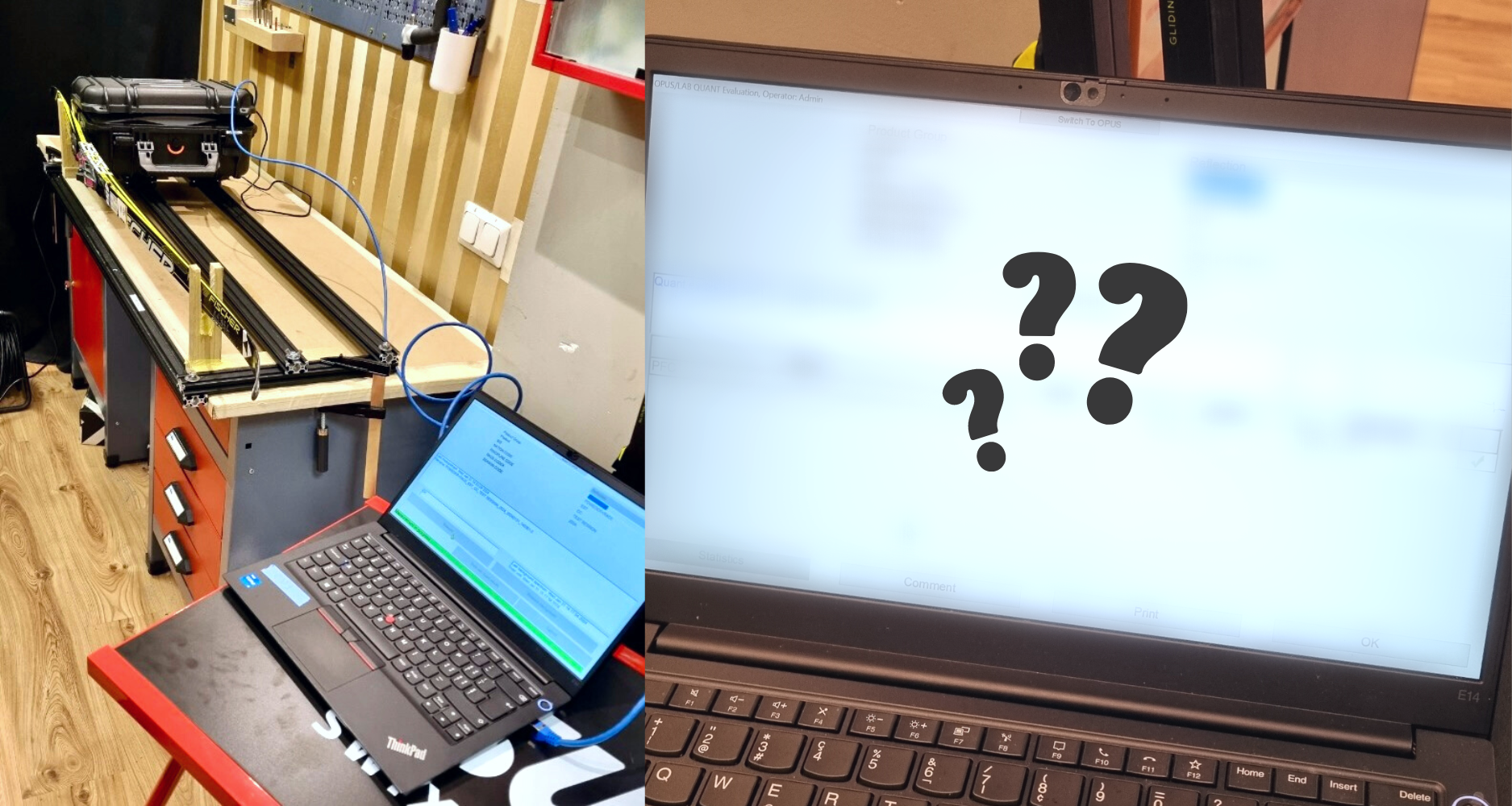
Skiwax Europe had an unexpected opportunity to see the operation of the fluoro testing device.
It was a good chance to ask the most pressing questions regarding fluorine measurement.
We also tested and checked our techniques, the cleanliness of tools used for marathon waxing, and tested the machine's ability to detect the cleanliness/fluorine contamination of skis in different conditions.
The purpose of the visit by the Estoloppet organizing team and FIS technical delegates was to demonstrate and explain the device's operating process. To show that skis can be cleaned and the machine is reliable.
We were seeking answers to questions such as:
- Can skis that were previously waxed with fluorine be cleaned? How difficult is it? What tools are needed?
- Should all tools, ski bags, clips, etc be replaced with new ones?
We prepared skis to see what the machine indicates in situations where:
1. There is fluorine powder on the ski.
2. The ski had fluorine powder, which we cleaned with wax remover and treated with one layer of fluorine-free paraffin.
3. The ski had fluorine powder, which we cleaned with wax remover and treated with three layers of fluorine-free paraffin.
Once these results were obtained, we tried the following variations:
1. Brush a ski declared "clean" by the device with an old roto brush – does the reading change, and by how much?
2. Lean a "clean" ski against the wall of the waxing room where fluorine waxes are used daily – does the reading change, and by how much?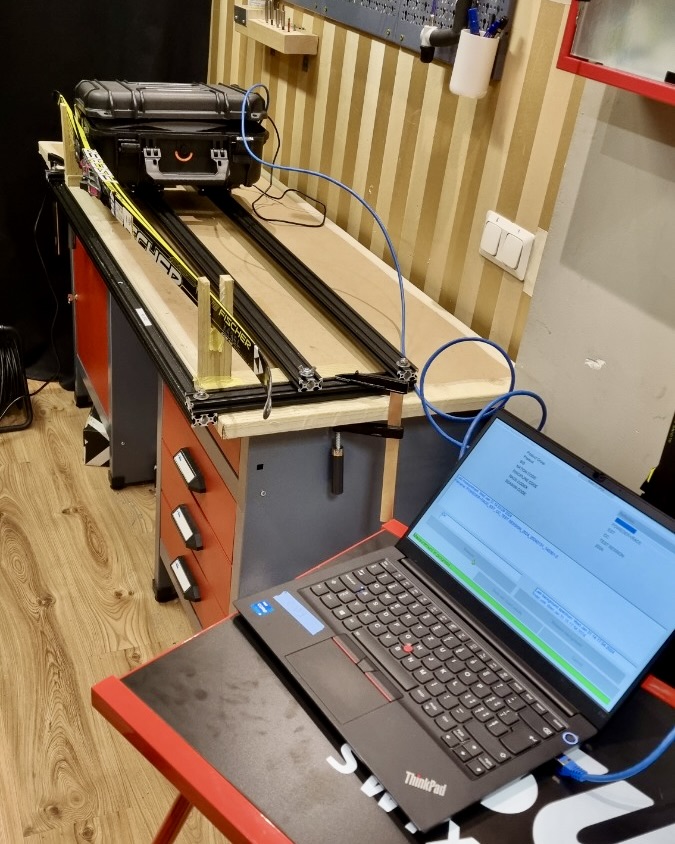
The test device in action.
1. First we tested the ski which was waxed with fluorine powder.
Result: 21.6%. Anything over 1% qualifies as a fluorine-waxed ski and is not allowed in FIS competitions!
Fluorine-powdered ski.
2. A ski also waxed with fluorine powder, but cleaned with wax remover and treated once with hot fluorine-free paraffin.
Result: 0.2% – clean!
We also had a prepared ski where we repeated paraffin waxing three times (as recommended by FIS and various wax brands).
Result: 0.17%, the same as a ski waxed once – clean.
Although we managed to clean the ski of fluorine with one layer of paraffin, it is still recommended to apply hot paraffin to the ski at least three times.
This avoids a situation where a seemingly clean ski still shows fluorine contamination.
One-time cleaning agent + hot fluorine-free paraffin.
3. Then we took a ski declared clean by the test device and brushed it with a brush used for fluorine waxes.
The goal was to see what happens when working with new waxes, but old brushes.
Result: 5.72%.
With this, we proved that even when using fluorine-free products but old tools contaminated with fluorine, unexpected bad news can be received during checks.
Conclusion – brushes need to be replaced.
Clean ski + brush treated with fluorine waxes.
4. After that, we wanted to test our work.
Our serviced ski that completed the 38th Viru Marathon.
Result: -0.11%. Everything is fine!
Ski that completed the 38th Viru Marathon.
Last test – clean ski against the waxing room wall
We leaned, even rubbed, a clean ski against the wall of the waxing room where fluorine products have been used for years.
The machine did not detect fluorine. Old ski clips also did not show fluorine contamination.
The answer to the question of whether fluorine from the skier with fluorine ahead can transfer to my ski from below: No.
In summary
It was interesting to see how the test process works.
We gained confidence that our used processes and tools are clean. And the fluorine-free package sold for the marathon is indeed free of fluorine.
We can also refute the claim and fear that skis previously waxed with fluorine must be sent for stone grinding or thrown away.
For tools, it is enough to replace the brushes; everything else can be cleaned with a cleaner and cloth.
Ski clips and wall tapes likely do not contribute to contamination, but for peace of mind, they should be replaced or at least cleaned.
To get the machine to indicate fluorine, it must be rubbed/heated under the ski.
The situation where fluorine dust collected from the wall or snow could lead to disqualification is practically impossible.
Thank you Estoloppet and FIS for the opportunity to get acquainted with the device and test it!
You can find all the necessary equipment for skiing and ski maintenance at Skiwax Europe.
Shop here: www.skiwax.eu
Get fresh information here!
To stay updated on waxing results, and the latest trends on ski tracks, follow Skiwax's social media channels:
Skiwax Europe Facebook | Skiwax Europe Instagram | Skiwax Europe newsletter





